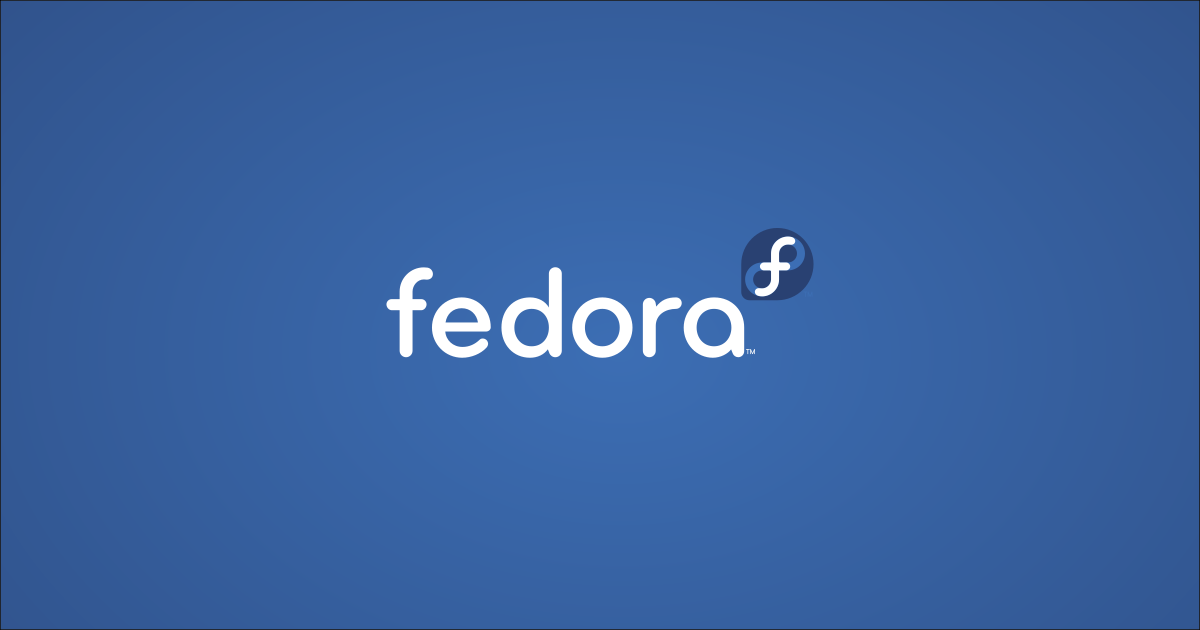How to speed up the Fedora Linux app installer
Fedora is a powerful Linux distribution that many prefer to use due to many factors, including its new packages, development focus, advanced system, commitment to open source, etc. Still, for as good as Fedora Linux is, it has a severe downside: the DNF package manager, and how slow it is compared to Ubuntu and Debian’s Apt, Arch’s Pacman, and even OpenSUSE’s Zypper.
If you love your Fedora installation but wish that the app installer ran faster, you’re not alone. A lot of people agree, and it’s something that the Fedora development team is no-doubt working on. However, they can’t improve it instantly, so until then, you’ll need to go through the process of speeding it up on your own. So, in this guide, we’ll show you exactly how to speed up the Fedora Linux app installer. Let’s get started!
Step 1 – Upgrade Fedora
Fedora Linux gets better with every release, and every six months, the developers do their best to improve the underlying technology. So, if you’re having performance issues while installing packages in Fedora’s DNF app installer, the first thing you should be doing is upgrading your release to the newest version. To upgrade Fedora, open up Gnome Software, click on the new release banner and go through the process of transitioning your Fedora Linux PC to the absolute latest version.

Having issues figuring out how to get your Fedora Linux PC fully upgraded? We can help! Check out our in-depth tutorial on how to upgrade Fedora. In the guide, we go over the Gnome Software method. Also, we cover the terminal-based upgrade, if you don’t have access to Gnome Software or are not running a Gnome-based Fedora release.
Step 2 – Install latest updates
Running the latest release of Fedora Linux is critical, as with each major version, improvements are made. However, it’s also essential to ensure that the release you are currently running has the newest packages installed as well. To do this, open up “Gnome Software,” click on “Updates” and go through the process of installing the upgrades. Alternatively, if you prefer to use the terminal window, press Ctrl + Alt + T or Ctrl + Shift + T on the keyboard. After that, enter the dnf update command below to patch your system.
sudo dnf update -y
Step 3 – Set DNF to use the fastest mirrors possible
The Fedora package manager (DNF) doesn’t choose the fastest mirror when installing packages. Instead, it grabs packages from wherever they may be, seemingly at random. The fact that DNF doesn’t prioritize fast mirrors above slow ones is a massive reason as to why installing software seems to take forever.
If you’d like to make the DNF package manager run a lot faster, you can tweak your configuration to use the “fastestmirror” feature. It’s a simple tweak, but it will force Fedora to use the speediest mirrors, shaving precious seconds off of downloads during installation.
To add the “fastestmirror” feature, launch a terminal window on your Fedora Linux PC by pressing Ctrl + Alt + T or Ctrl + Shift + T on the keyboard. From there, open up the “dnf.conf” file in Nano.
Note: as Fedora Linux doesn’t have Nano by default, learn how to install it here.
sudo nano -w /etc/dnf/dnf.conf
In the “dnf.conf” file in the Nano text editor, use the Down Arrow key on the keyboard to move to the very bottom of the file. Then, paste the code below into Nano by pressing Ctrl + Shift + V.
fastestmirror=true
After pasting the code into Nano, save the edit. In Nano, this is done by pressing Ctrl + O. Once saved, move on to Step 4.
Step 4 – Change DNF to download multiple packages at a time
Tweaking how DNF handles mirrors will no-doubt improve its download speed. However, this modification to DNF isn’t enough to speed it up. It’s also a good idea to change how many files the package manager can download from the internet at a time.
To increase how many files the DNF package manager can download at a time, you’ll need to add “max_paralel_downloads” to the configuration file. To do this, return to the Nano text editor. Or, if you’ve closed it, re-open the file with the command below.
sudo nano -w /etc/dnf/dnf.conf
Inside Nano, use the Down Arrow to move to the bottom of the file, just like in Step 3. Then, paste the “max_paralel_downloads” code in “dnf.conf”.
max_parallel_downloads=10
Feel like 10 downloads at a time is too much? Feel free to change it to 5, which is half the max number, but still makes a huge difference.
max_parallel_downloads=5
With “max_parallel_downloads” added to DNF, save your edits by pressing Ctrl + O. After that, close the editor by pressing Ctrl + X.
